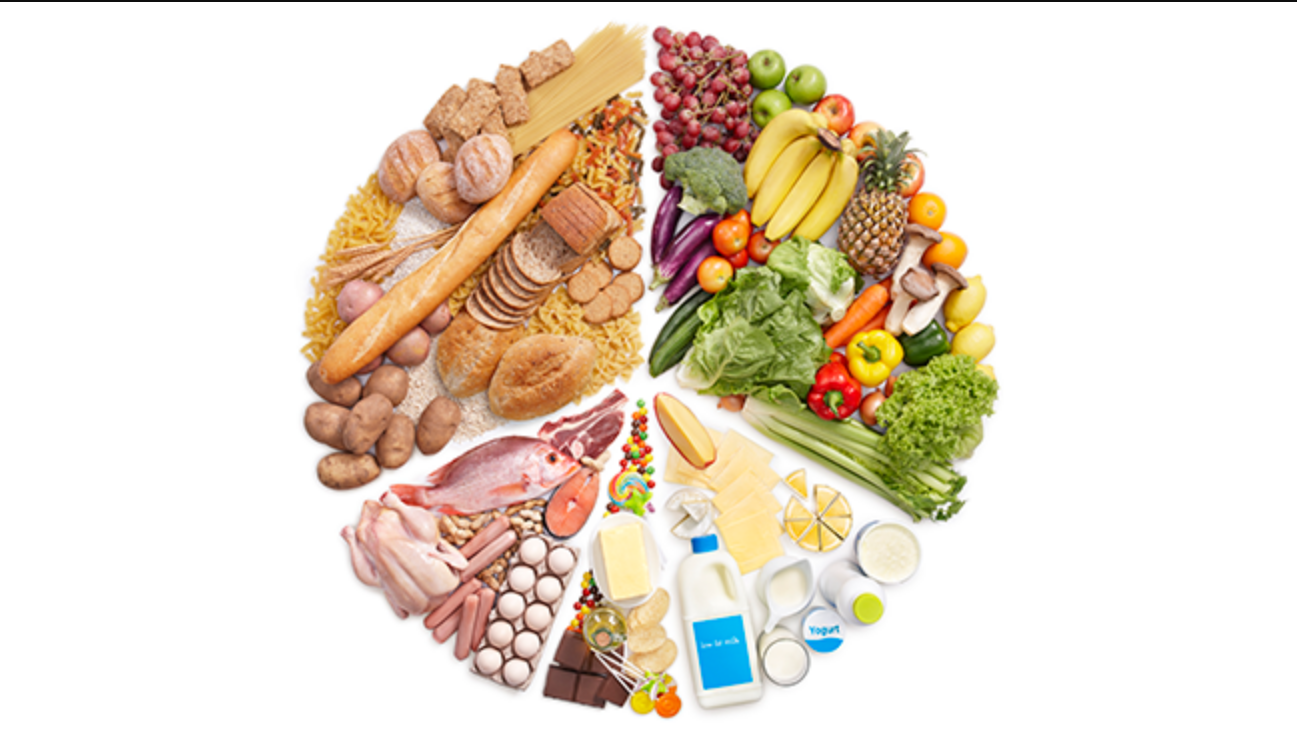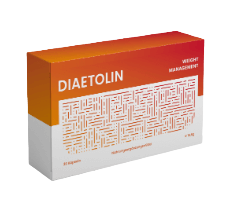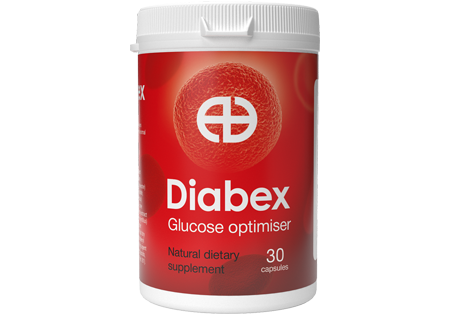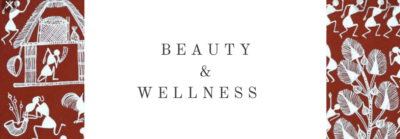Which means keeping everything in the right proportion
If you cut any food out of your diet you have to be aware of the nutritional benefits you could be losing. Fiber is an extremely important foodstuff and if you stop eating wheat then you must make sure you get your fiber from something else.
A varied diet ensures you are getting all the nutrition your body needs. But not only is the variety important, but it is also crucial to get the proportions right. You need to eat the right amount from each of the five food groups: carbohydrates, protein, fruit and vegetables, dairy (or the equivalent) and sugars and fats.
CARBOHYDRATES – should provide around 50% of your food intake. Carbs give us the energy we need. Choose foods that are unrefined and fiber-rich, such as oats, rice, and potatoes.
FRUIT AND VEGETABLES – should form approx one-third of our intake. They are the crucial sources of vitamins, minerals, and fiber. Increasing your intake of fruit and veg could help compensate for the loss of fiber that wheat provides in your diet. In the UK the recommended intake of fruit and veg is five portions a day but there is a constant debate about what constitutes one portion!
PROTEIN – fish, meat, poultry, nuts, and seeds are key foods for vegetarians and carnivores alike and should form around 10-15% of our daily food intake. They are important for building and repairing our bodies.
DAIRY – these exclude butter and margarine, which are classified as fats. Dairy foods are an important source of calcium (important for healthy bones) and protein. If you are intolerant of lactose, or you choose not to consume milk, then goat's, sheep and soya milk are good alternatives. If you are controlling your fats and/or calories, choose reduced-fat products.
SUGARS AND FATS – should be eaten sparingly. Some fats are vital to health so it is important to know the different types – you need to keep saturated and trans fats, as well as refined sugars, to a minimum.
Starting on a wheat-free diet
Take a look at how much wheat you eat
Be honest!
How much bread do you eat? Then take a look at how much pasta, pizzas and breakfast cereals you eat. Then take a look at the labels of the food you buy and you could be shocked at how much wheat is added to food that, if it was made at home, would be wheat-free…
How to substitute the wheat in your diet, with other alternatives

Breakfast
How do you avoid wheat cereals? Muesli? Toast?
Eat cornflakes! Try porridge, add fresh fruit and you will not feel hungry until lunchtime. Make your own muesli using oats, dried fruit, and nuts. Have fresh fruit with yogurt.
Lunch
If you have got into the habit of having sandwiches or pitta bread with fillings, then think about having a baked potato instead. Be imaginative with the fillings. And if you can't remember to stick the potato in the oven, then microwave it instead.
If you do not have access to a microwave then make yourself a salad with cold potatoes that you have cooked the night before, to bulk it up a bit and then add meat, fish, eggs or cheese.
Or you could use rice paper wraps and fill with your favorite sandwich fillings.
Buy wheat-free bread and you can still have sandwiches for lunch!
Dinner
I thought giving up pasta would be the hardest part of reducing my wheat intake, but actually, it was not so hard after all.
My family loves pasta but these days I tend to make sauces that I can either eat without the pasta or that I can eat with rice or I have rice pasta.
Buy flour substitutes
Many of your favorite recipes can be adapted to become wheat-free if you substitute normal flour with wheat-free flour or cornflour.
My family loves pasta but these days I tend to make sauces that I can either eat without the pasta or that I can eat with rice or I have rice pasta.
Buy flour substitutes
Many of your favorite recipes can be adapted to become wheat-free if you substitute normal flour with wheat-free flour or cornflour.
A very easy wheat free sauce recipe
You can have this with or without pasta
Vary quantities according to the number you are cooking for
Take some diced chicken breast, fry in olive oil and butter, add sliced mushrooms and then a tub of tomato and mascarpone sauce. Season with black pepper and serve with parmesan cheese.
My family has this sauce with pasta and I have it with salad. You could also have it with rice.



![Luxe Keto Acv Gummies Reviews [Truth Exposed 2023] Is It Really Work?](https://www.timesofnutra.com/wp-content/uploads/2023/01/Luxe-Keto-Acv-Gummies-Reviews-400x226.png)





